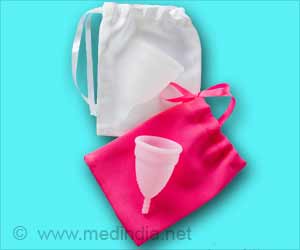Living near green spaces can lower symptoms of premenstrual syndrome (PMS) in women.
- Living near green spaces can lower symptoms of premenstrual syndrome in women
- Being in the nature reduces stress and improves mental health
- For the first time, the positive impact of green space on psychological and physical symptoms of premenstrual syndrome has been studied
The new study, published in Environment International, set out to determine whether living near urban green space could have a beneficial effect against PMS symptoms and whether this association was mediated by body mass index (BMI), air pollution or physical activity.
The study used data collected from more than 1,000 women between 18 and 49 years of age from the cities of Bergen (Norway), Gothenburg, Umeå and Uppsala (Sweden) participating in the European RHINESSA cohort.
The women completed a questionnaire on lifestyle factors, physical activity and reproductive health, indicating whether they experienced any of eight common symptoms of PMS: irritability, anxiety, tearfulness or increased sensitivity, depression, difficulty sleeping, abdominal pain, breast tenderness or abdominal bloating and headaches.
The study used the Normalised Difference Vegetation Index (NDVI) as a proxy for green space in the vicinity of the participants’ homes. BMI was also analysed and residential exposure to air pollution — nitrogen dioxide (NO2) and particulate matter (PM2.5 and PM10) — was estimated.
“When we looked at exposure to green space at a specific point in time, the analysis did not yield any significant results,” commented ISGlobal researcher Payam Dadvand, co-coordinator of the study, and he said, “Our research therefore underscores the importance of long-term exposure to green space, which is where benefits against PMS symptoms were found.”
Previous research has suggested that the benefits of natural spaces are associated with increased physical activity and decreased exposure to air pollution, but this new study did not find a mediatory role for either of these factors.
“More and more studies have shown that green space is beneficial to our health,” noted Dadvand. “However, in many cities we don’t have enough of it, or it is not close to where the population lives. City officials should therefore prioritise natural environments as essential for our health.”
Source-Eurekalert











